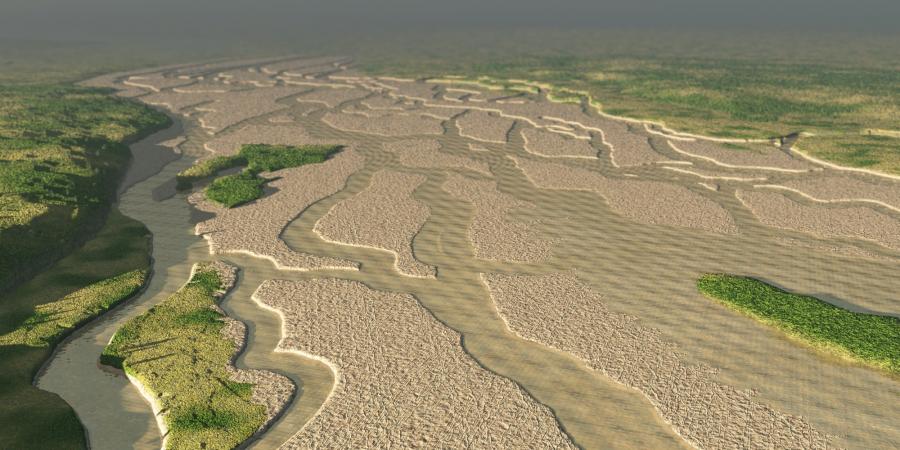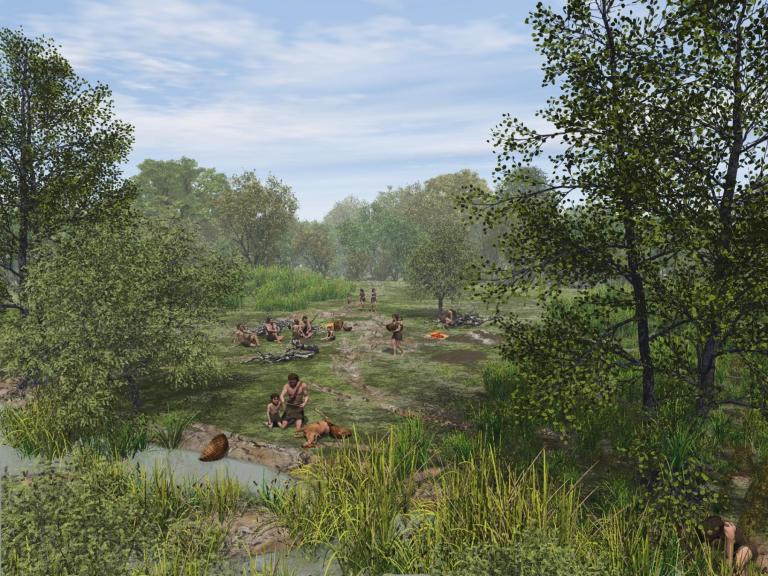This Saturday (5th June) marks World Environment Day. Celebrated since 1974, World Environment Day aims to address pressing environmental issues. This year, the theme is restoring the planet’s ecosystems - preventing, halting and reversing damage to our environment.
At Wessex Archaeology, we are committed to the protection of the environment by meeting the needs of the present without compromising those of the future. Preventing and minimising the impact of our operations on the environment are at the heart of our work.
Furthermore, our work in exploring and understanding past landscapes lends us a unique awareness of changing environments. For example, our discoveries relating to the submerged landscape known as ‘Doggerland’ have provided insight into the ancient landscape and shed light on how our climate has changed since prehistoric times.
Doggerland is an area of land which once connected Britain and mainland Europe, and now lies submerged beneath the North Sea. Doggerland became an increasingly suitable environment for human habitation at the end of the last ice around 18,000 years ago. As ice sheets melted and the climate warmed, Doggerland was a temperate grassland and home to large mammals such as mammoth, aurochs and red deer. Prehistoric artefacts recently recovered from Doggerland provide evidence for human occupation of this submerged landscape.
As temperatures continued to increase, rising sea levels altered the landscape further. Rivers, inlets, archipelagos, lagoons, wetlands and marshes emerged. Flourishing woodlands and plant life supported mammal populations, creating rich hunting and fishing grounds where Mesolithic communities could thrive.


The flooding of the North Sea through the English Channel more than 8,000 years ago drowned Doggerland and cut off the British Isles from the European mainland.
In 2018, our archaeologists discovered unique evidence relating to the now submerged landscape in the course of archaeological work for Vattenfall, who are developing Norfolk’s largest offshore wind farms.
During a survey of the seabed for the Norfolk Boreas and Norfolk Vanguard offshore wind farms, Wessex Archaeology experts extracted the most complete and extensive set of cores ever excavated from the southern North Sea. Evidence from these cores included a unique sequence of sediments which shed light on the environmental record over almost 3,500 years.

These cores may help to answer questions about the environment inhabited by our ancestors and how they adapted to rising sea levels and the changing coastline. Furthermore, understanding how warming over 10,000 years ago affected the landscape and seascape may help us to understand what impacts we might expect from global warming in the present.


